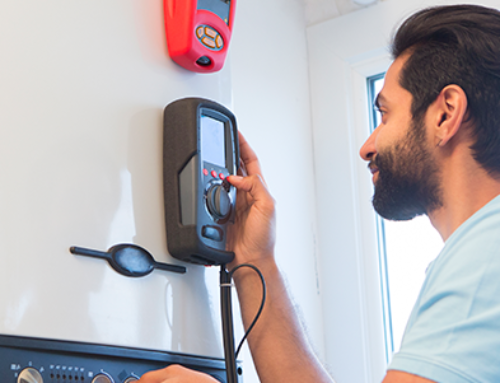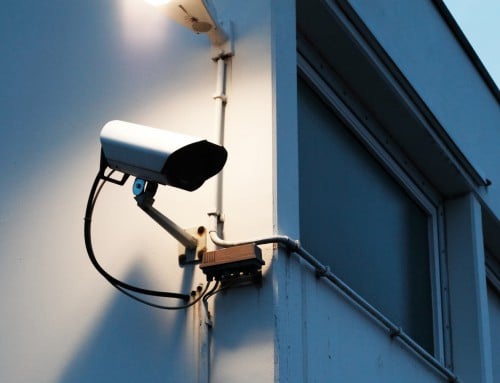Profit, in the broadest sense, is sales minus costs. Typically, loss prevention is seen as a cost to the business because implementing something new costs money – whether it’s purchasing additional equipment, training employees, or changing existing processes. However, when done effectively and efficiently, loss prevention efforts can add to your bottom line.
Implementing something new in a business unfortunately always costs money; things like purchasing additional equipment, properly training employees, or changing a process in your operations. However, the savings from increased productivity, better morale, and fewer losses far outweigh the costs.
Insured vs. uninsured losses
Two types of costs can be associated with a loss: uninsured and insured. Uninsured costs are costs not covered by your insurance.
Uninsured losses can include things such as:
- Deductibles
- loss of use of equipment,
- temporary locations
- hiring and training replacement employees
- loss of customer goodwill
- negative impact to business reputation
- owner and/or manager’s time
- possible increased insurance premiums
Uninsured losses can have a significant impact to your bottom line. For example, if you have a $5000 uninsured loss and your business has a 10% profit margin, you’d need to increase gross sales by $50,000 to recoup that loss. Every functional operation of a business should contribute toward profit. Loss prevention is no exception.
Loss Prevention Strategies
Below we’ve outlined five loss prevention strategies and how they can benefit your business:
1. Employee Guidance and Training
Informing employees about hazards and providing them with adequate training on how to deal with them, not only enables them to respond quickly to potential hazards, but also transforms them into more efficient workers. These efforts can result in increased profits by enhancing overall productivity and minimizing avoidable losses.
2. Hazard Identification and Quality Control
Regular inspections, quality control programs, and procedures to handle deficiencies play a pivotal role in identifying potential hazards. By proactively detecting and addressing these issues before they escalate, you can prevent significant losses.
3. Learning from Incidents
Every incident provides valuable insights. By learning from these experiences, you can enhance your existing loss prevention strategies or develop new ones. This continuous learning cycle can help you avoid repeating past mistakes and can even help prevent future losses.
4. Emergency Response Preparedness
Emergencies are unpredictable, but a well-prepared team can make all the difference. Employees that are trained in emergency response protocols and procedures are able to act quickly and correctly in times of crisis. Their quick response can help to avoid or mitigate losses and protect your assets.
5. Compliance with Safety Legislation
Adhering to safety regulations not only ensures the safety of your employees, but it also protects your business from potential legal repercussions. By maintaining compliance, this ensures your workers’ compensation dues are minimized and helps you to avoid any penalties or punitive damages for accidents.
Ensure your business is covered
The success of these loss prevention strategies relies heavily on the involvement of everyone in the company. When all levels of the company are involved in creating, maintaining, and enforcing a loss prevention and risk mitigation program, profits for the business can be greatly improved. However, no matter how prepared you are, things can still go wrong. That’s why it’s important to have the right insurance coverage in place to help protect you, your employees, and your business. Learn more by visiting our business insurance page!
This blog is provided for information only and is not a substitute for professional advice. We make no representations or warranties regarding the accuracy or completeness of the information and will not be responsible for any loss arising out of reliance on the information.






